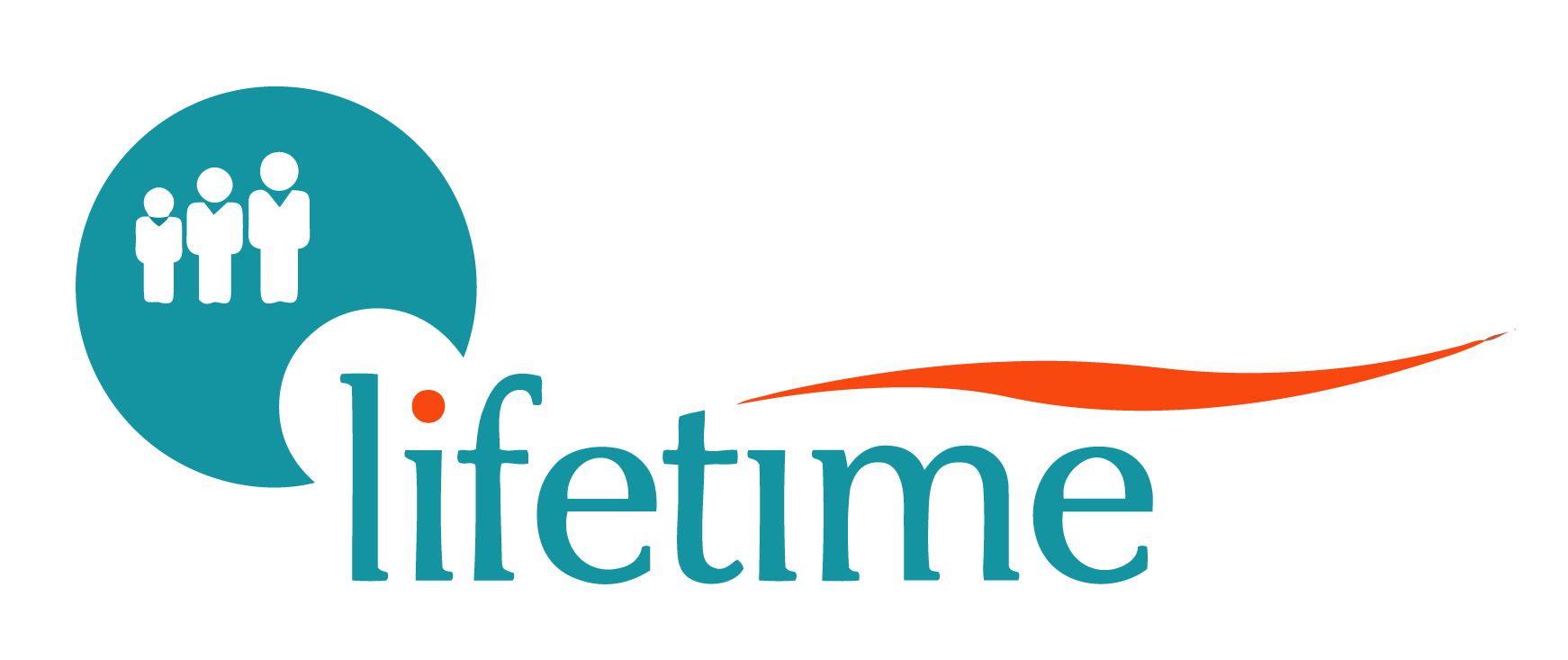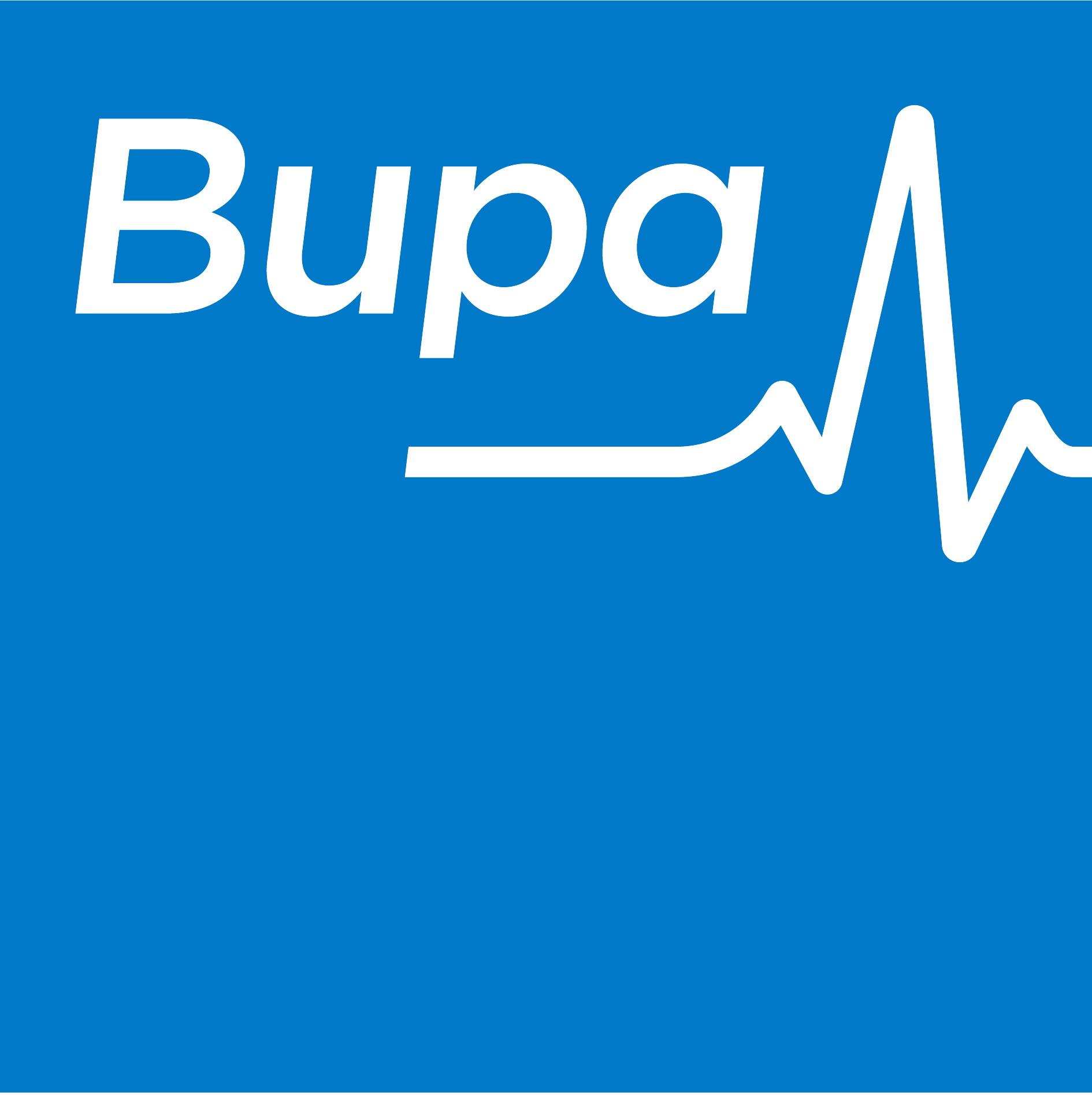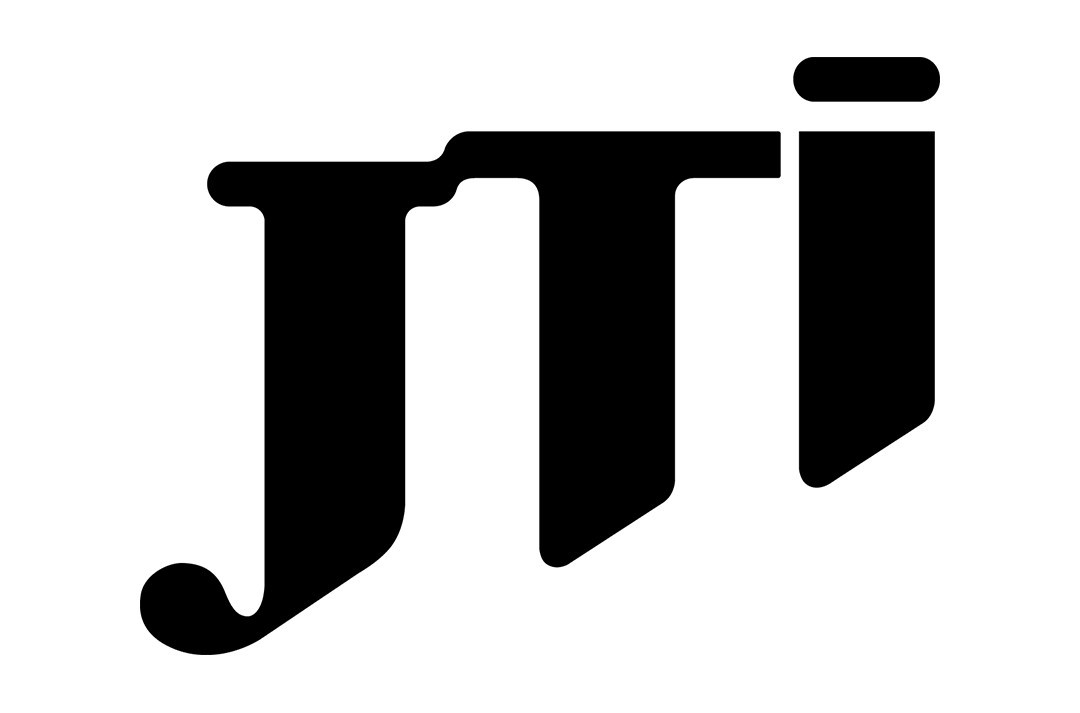There have been dozens of articles in these pages about the transformative impact of technology, and no doubt there will be many more. We all know that artificial intelligence and data analytics are already having an impact, and those trends can only accelerate. We also know that these changes bring with them as many challenges as opportunities. For every productivity gain there are possible downsides, not least the further erosion of the divide between work and home, with its potential to increase stress and damage employee health and wellbeing, both mental and physical.
However, there is evidence that it doesn’t have to be that way, that technology can, in fact, have an empowering and very positive impact on employee wellbeing. Last year, together with the CIPD, we released our Health and Wellbeing at Work survey. This showed that just under half of respondents felt that technology would have a slight or very positive impact on wellbeing. Now consider this: according to a YouGov survey, between the summer of 2014 and late 2017 the number of people using a wearable device rose from just 2% to 17%. Of those 12% were judged to be ‘active’ users. That’s six million adults.
There’s more. When asked what they’d most like to be able to measure, health issues were well to the fore. These included the ability to measure blood pressure (57%), detect calorie intake (46%), assess overall levels of fitness (52%) and provide stress measurements (44%). So we have not only a growing number of such devices which can monitor crucial aspects of health, but a substantial demand to be able to use them to achieve this outcome. Is the next logical step the introduction of such devices into the workplace?
Obviously some might find this a step too far. The monitoring of employees is a sensitive subject to say the least. But here we have the potential to provide them with the ability to track their own health, and for both parties to be able to then act swiftly should preventative action be needed, with fast track access to healthcare, or changes in working practices if these are required.
Undoubtedly the introduction of such technology will need to be communicated with skill and tact, and carefully trialled before being rolled out more widely. But the ability to analyse health data from employees, and compare that to historic data to build predictive models, clearly takes wellbeing onto a very different level. It will be essential to create a narrative which explains this fully and openly, showing how such data will be used to support employees, and make a clear case for the value that this sharing of health information will bring.
Yes there are issues. But the benefits to employee and employer are clear. Employees gain a major health benefit, especially if tied to a wider range of healthcare support. Employers can also show that they are actively turning wellbeing from a policy into a real commitment, and at the same time empowering their own employees to see workplace wellbeing as a natural part of their employment. It’s now possible for employees to manage everything from their leave arrangements to their pensions using a phone app. Isn’t it a natural next step for them to manage their own health and wellbeing using a similar technology?
If we are truly committed to workplace wellbeing becoming more than just a slogan on a canteen poster, isn’t this one technological advance we should all be seriously considering?
Pam Whelan is director of corporate at Simplyhealth
















